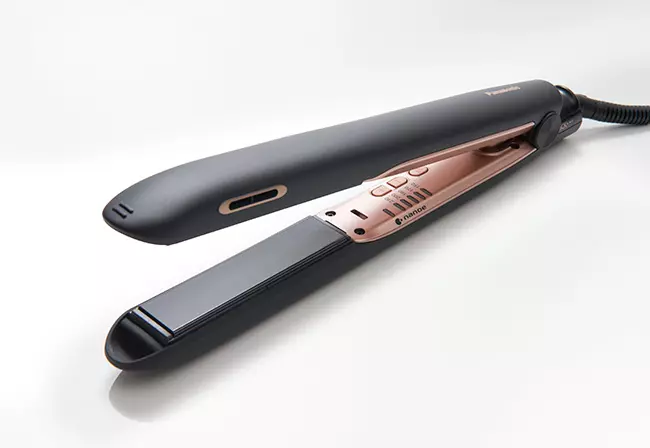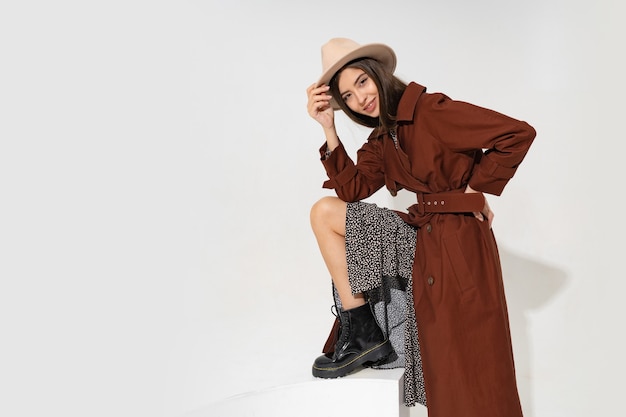Most dwellers tend to shy away from traditional design in fear of making their apartments look like their grandma’s house. However, the age-old style can actually inspire you to stumble upon some pretty cool pieces that add tons of intrigue to any space. It can actually make any space look more inviting and feel more comfortable when done the right way. The hardest part is deciphering between traditional pieces that will make your home look charming and what is just old and sure to make your home look stuffy.
What Is Traditional Design?
Traditional interior design is a popular style of décor that is based largely on 18th- and 19th-century European styles and conventional notions of what a home looks like. A traditional interior design scheme is timeless and placeless, comfortable and put together but not overly fancy.
Ahead, everything you’ve ever wanted to know about traditional interior design as explained by actual interior designers.
Meet the Expert
- Leah Alexander is the principal interior designer at Beauty Is Abundant. A Los Angeles native, she boasts 15 years of experience in the field.
- Carmine Sabatella is an interior designer, renovator, and real estate expert. You can also find him co-hosting on HGTV’s Inside Out.
Traditional Design Defined
As you’ve probably suspected, traditional design is inspired by, well, tradition. Describing it as “timeless and not trendy,” Sabatella says, “it originated in 18th and 19th century Europe primarily.” Taking style cues from said era, think of the addition of classic art, antique furniture, and aged pieces. It’s a style you might sooner find in a French magazine than a modern stateside publication.
“The look includes comfortable furniture, symmetry, warm tones and colors, and detail, but not overly fancy in any way,” Sabatella says. Think: a really comfortable tufted plaid chair.
“Key factors of traditional design include a degree of formality, wood, velvet, upholstered substantially-sized furniture and architectural details such as ornate fireplaces, ceiling medallions, and decorative doors,” Alexander adds. Overall, the style is both ornate and lived-in while boasting a welcoming and homey feel.
Key Features
- Timeless pieces
- Classic art
- Antique furniture
- Symmetry
- Warm tones
- Wood elements
- Upholstered furniture
- Ornate fireplaces
- Decorative doors
- Ceiling medallions
If you’re stumped on the color palette, Sabatella suggests going warm. “When it comes to traditional design, stick to warm tones and colors,” he suggests.
Whether you’re shopping for furniture, art, or swatching paint samples, think of a rainbow of spices, Alexander explains. “Paprika, turmeric, cumin, and the like,” she adds. “Forest green, brown, brass, and bronze are safe ways to go traditional.”
If you decide on neons or an achromatic color palette, it’s safe to say it’s not traditional. However, the addition of traditional elements and silhouettes in unconventional colors can create an interesting, eclectic look.
How to Incorporate Traditional Design Into Your Home
Incorporating traditional design into your current style doesn’t mean your home is destined to look like a blast from the past. There are ways to strike a healthy old-meets-new balance.
“Incorporating traditional design can be as simple as including a traditional pattern, like plaid-upholstered armchairs or a floral sofa or rug,” Alexander tells us. She also says antiquing your current furniture, accessories, and light fixtures can give you the look without having to shop for a whole new living room set.
Ornate furniture and classic art can be expensive, which creates the misconception that traditional interior design is expensive. Rummage through flea markets, thrift stores, antique markets, and Facebook marketplace for some truly one-of-a-kind traditional finds that won’t break the bank.
But who is a good candidate to consider sprinkling antiques and classic art into their décor style? Sabatella recommends it to anyone looking to step up their interior.
“I think it’s important to blend traditional elements into any home, even if you lean toward ultra-modern,” he says. When done correctly, traditional elements can ground a room and make it feel warm, comfortable, and lived in (in the best way, of course.).
But beyond all, he recommends incorporating traditional design on your own terms and in ways that work for your personal space. He says it can be as easy as “introducing a family heirloom such as vintage flatware or stemware, a piece of art that has been passed down in generations, an antique chair or light fixture.”
Not only is traditional design always an excellent choice, but it’s also a way to pay homage to the past, your family roots, and your home itself.
AUTHOR:
Stephanie Montes is a freelance contributor covering all things home design, beauty, and lifestyle. She earned her bachelor’s degree in fashion design from the Art Institute of California – Hollywood and went on to write for publications such as Elite Daily, Hello Giggles, Brides.com, Elle.com, Byrdie, Well + Good, Parents, MyDomaine, and more.
SOURCE:
https://www.mydomaine.com/traditional-decor-style-5220634











